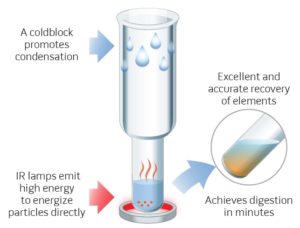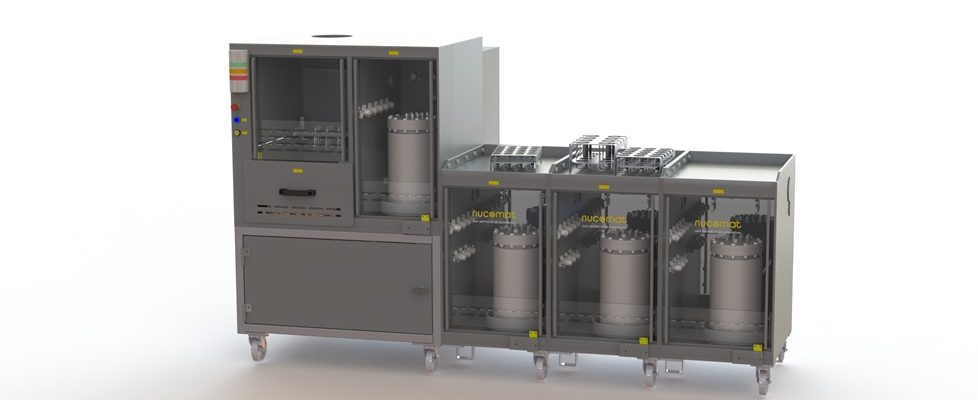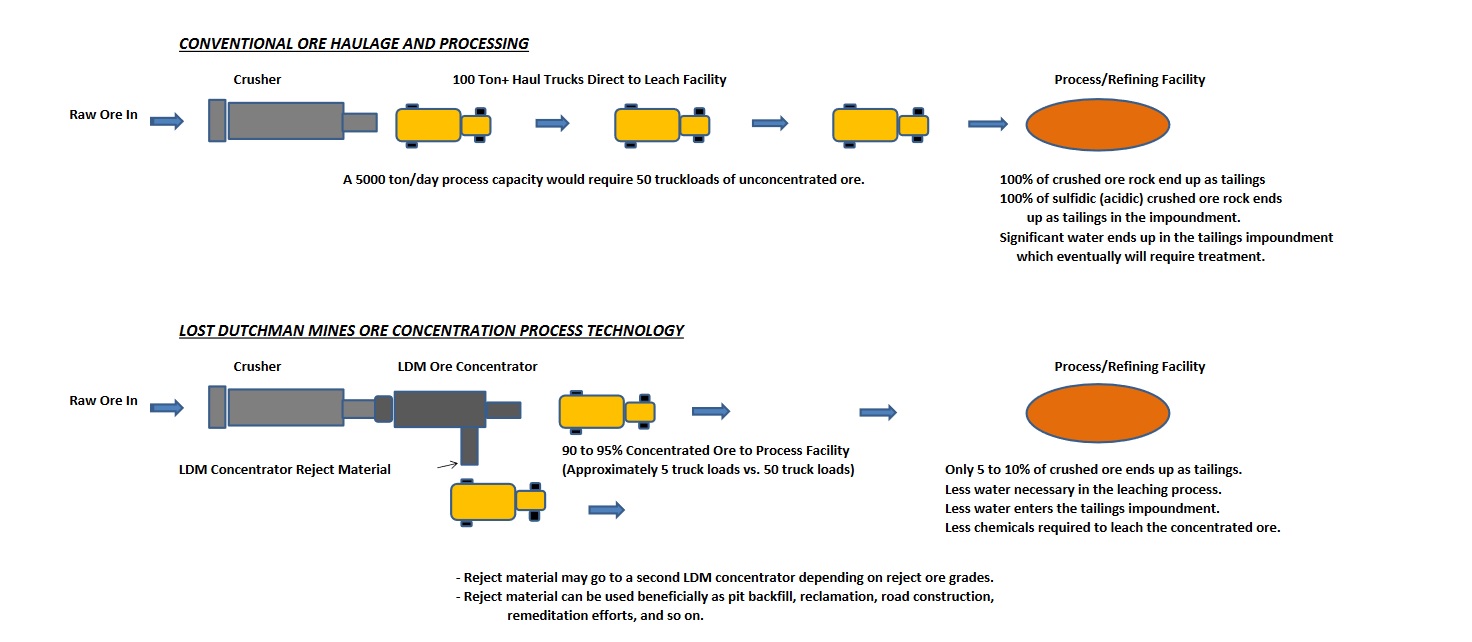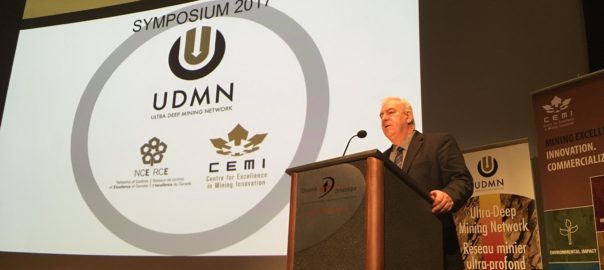As part of its partnership with Natural Resources Canada, the Centre for Excellence in Mining Innovation (CEMI) has launched the Canadian Mineral Processing Ecosystem Innovation Portal.
The CMPIP (www.cmpip.ca) is a moderated online platform that will support the community of innovators and end-users in the Canadian mineral processing innovation ecosystem, CEMI said. The portal is aimed at helping mobilise innovators to create a cleaner, more productive, and globally competitive Canadian mineral processing industry.
The purpose of the CMPIP is to support and accelerate innovation and to help build the capacity of the Canadian Mineral Processing Innovation Ecosystem, CEMI said. It will help achieve this by targeting and connecting mineral processing ecosystem members from the private and public sectors around an innovation dialogue. Members from academic institutions, research centres and private enterprise (start-ups, SMEs, large companies, plant operators).
“This platform aims to be the go-to place to find out the latest and most current dialogue around innovation in the mineral processing ecosystem,” CEMI said.
The moderated platform environment offers the following features and services that are aimed at enhancing innovation and dialogue in the mineral processing ecosystem:
- Current innovation and mineral processing news;
- Relevant upcoming ecosystem events and external links;
- Forums with categories: feed, mill, operations, liberation;
- Ability to submit articles on topics relevant to innovation in the sector;
- Ability to submit new innovations and challenge requests;
- Twenty-nineteen Canadian mineral processing ecosystem map; and
- Ability to sponsor articles, postings or events.













